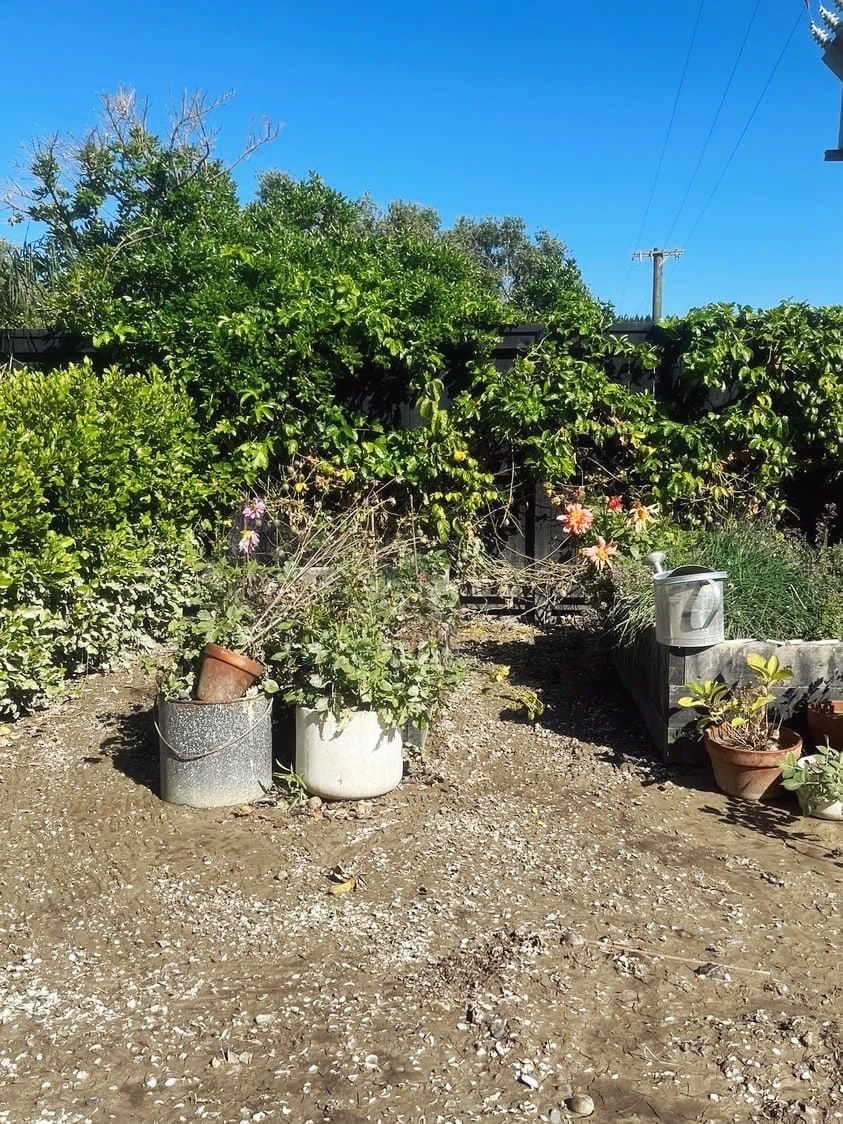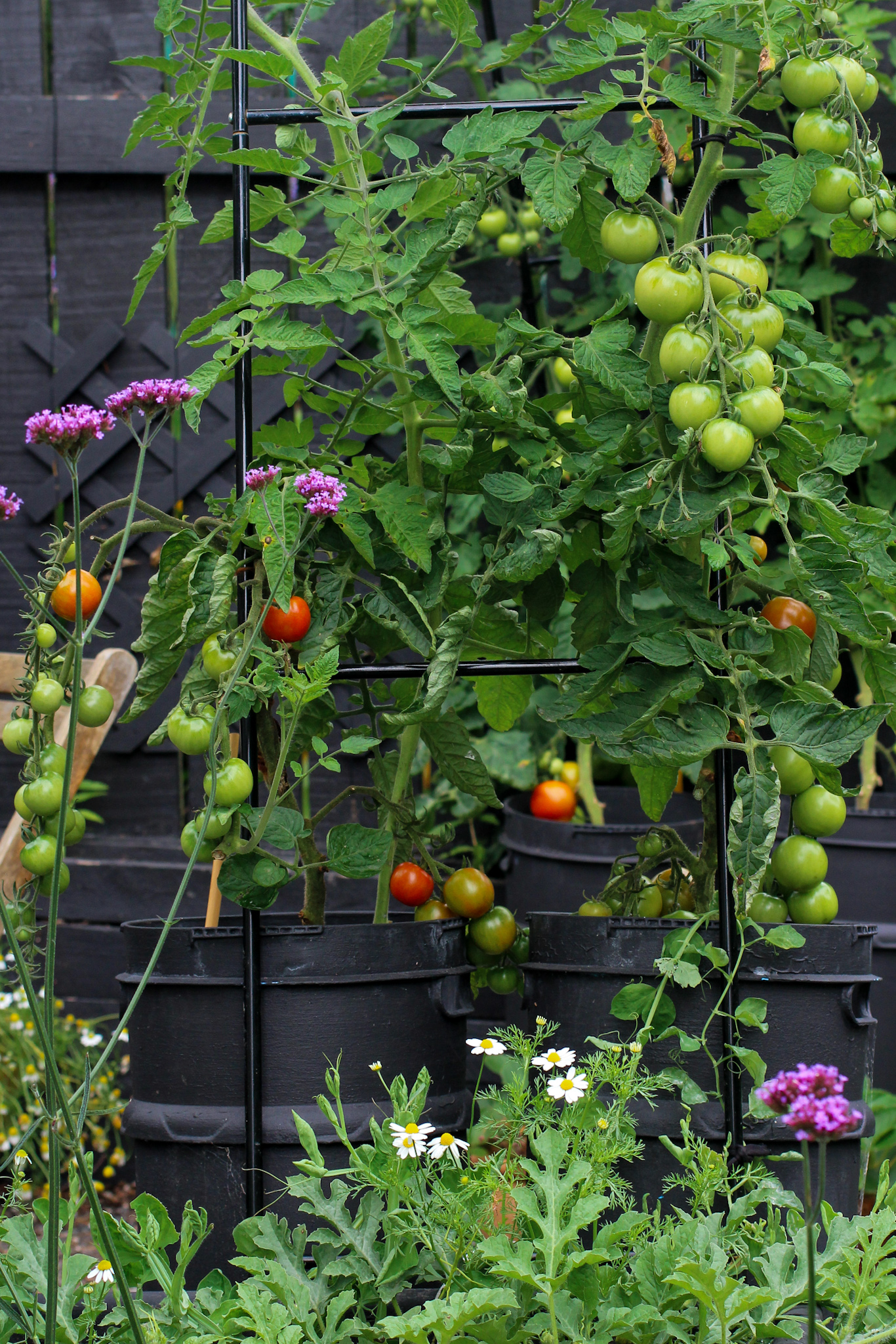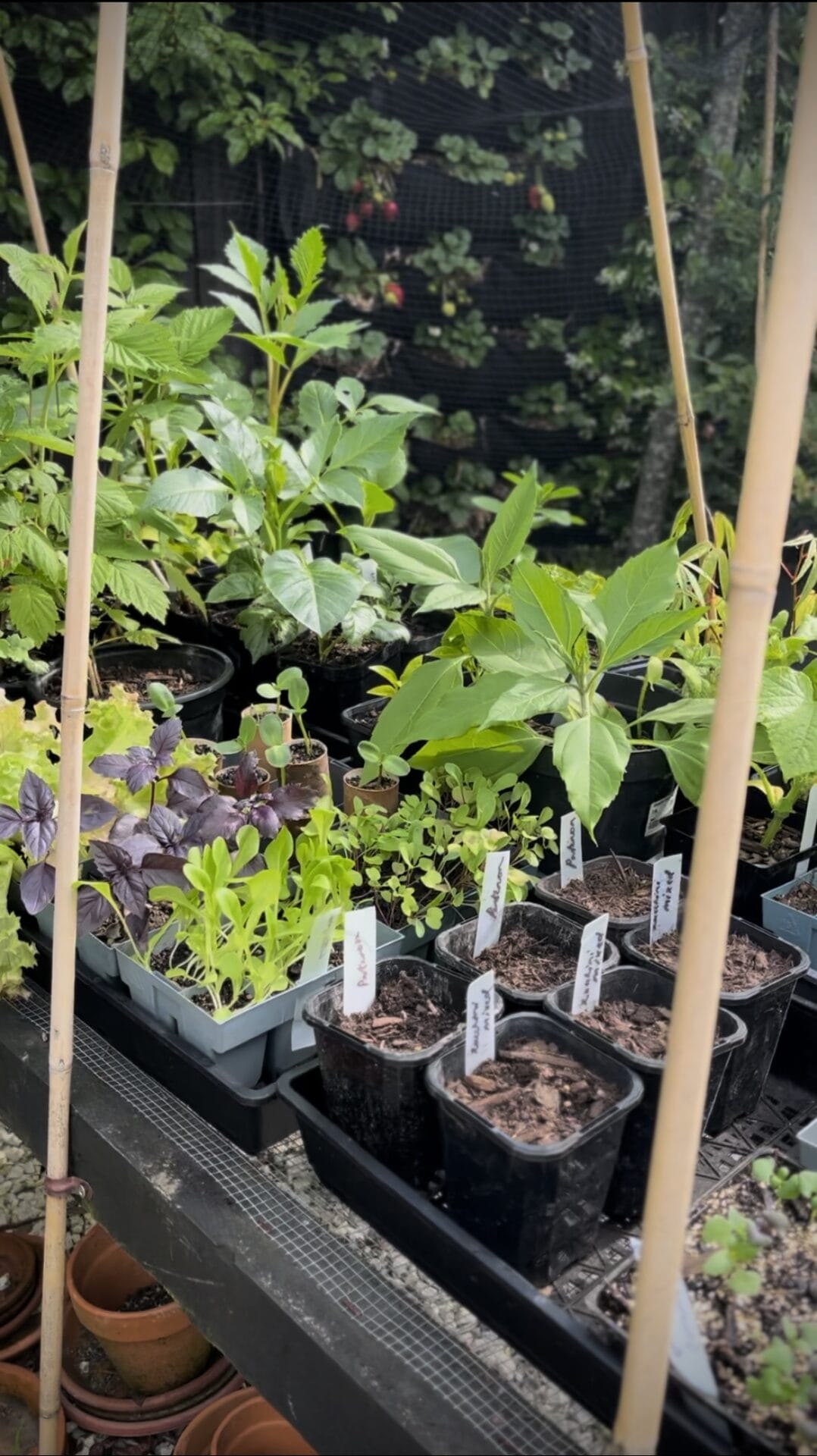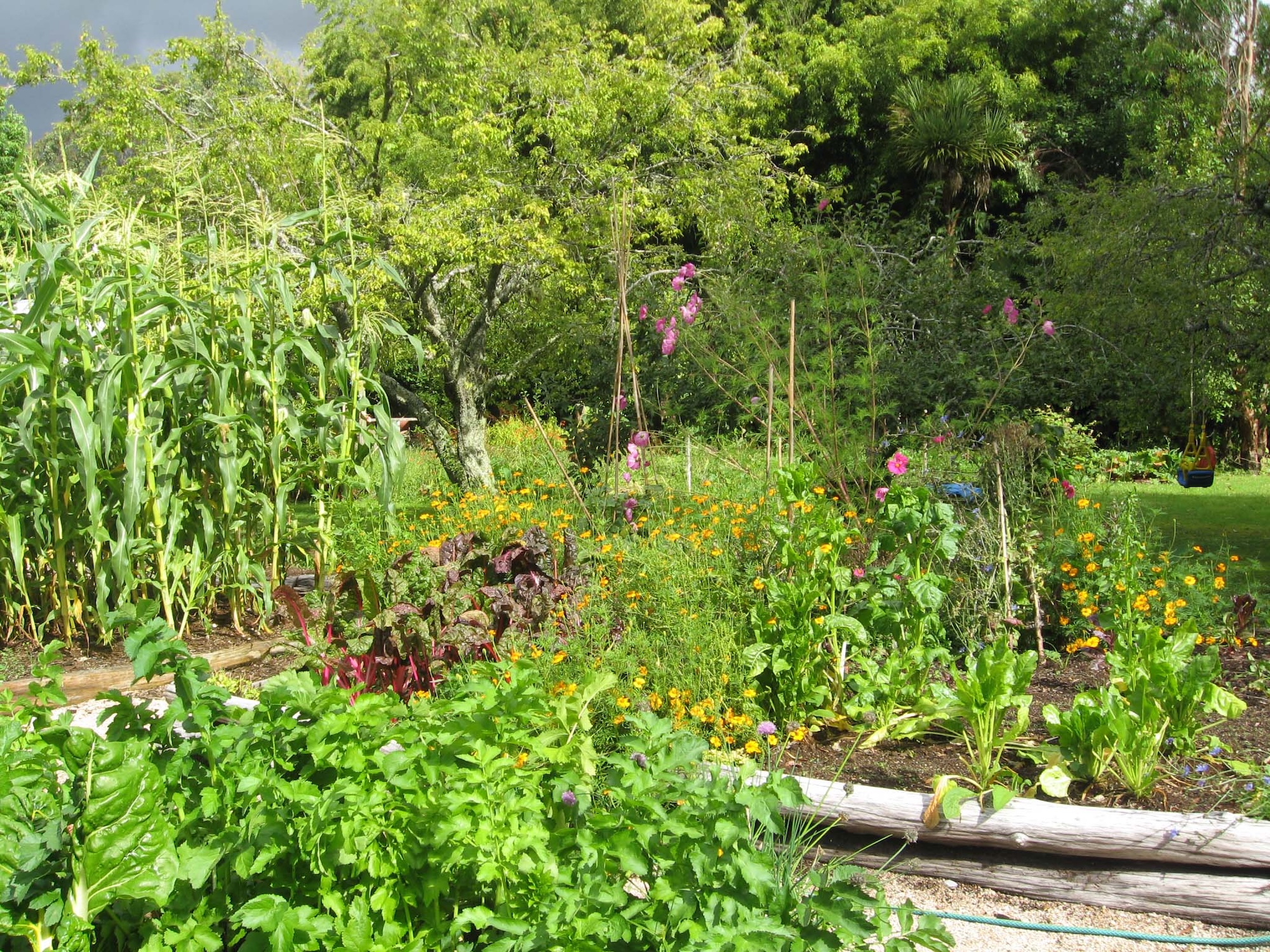Your cart is currently empty!
Quick tips for flooded gardens
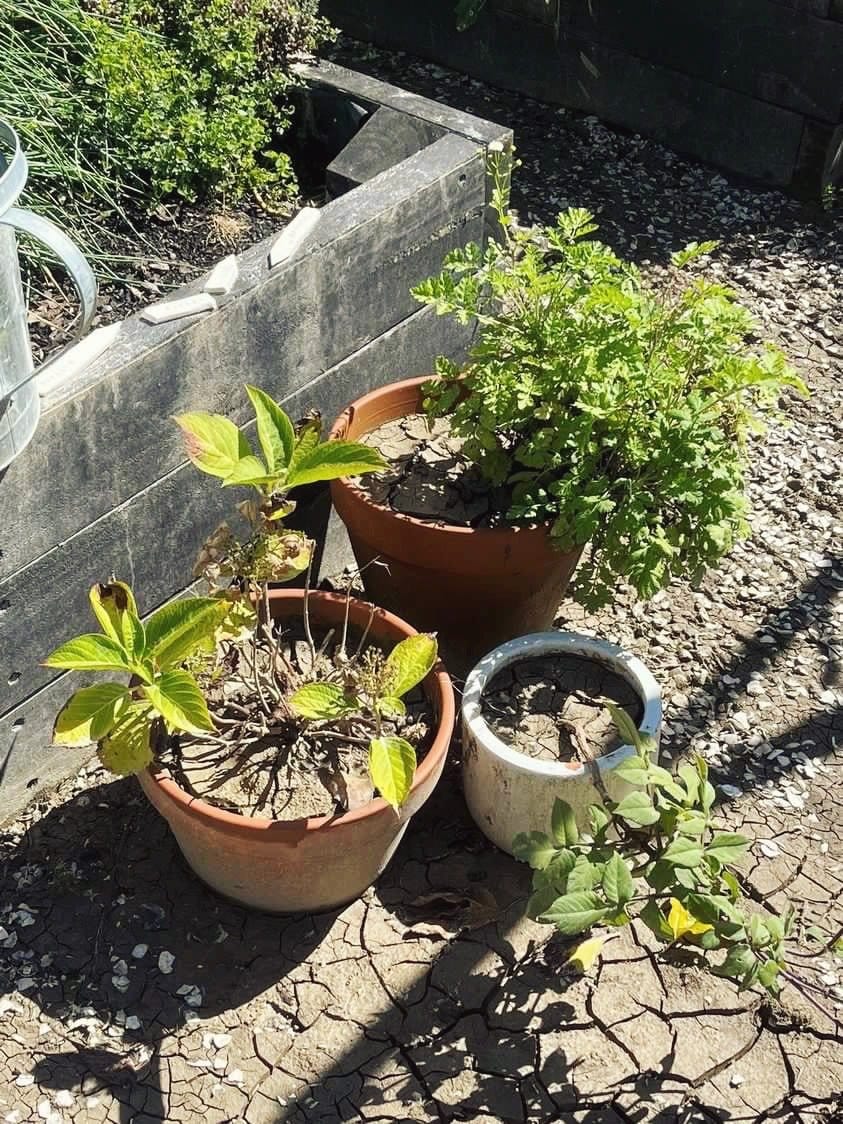
Quick tips for flooded gardens
A guide to gardening after a flood
Gardening after a flood
While the state of the garden may not be top on the priority list immediately after a devastating weather event, there may become a time when you want to know what to do in the garden during the clean up phase.
Below is a list of simple things you may find helpful to do in a flood-affected garden.
Note of caution:
If your property has been affected by floodwaters (not just very heavy rain), ensure you’re wearing gloves and other protective gear to avoid infection from potentially contaminated water.
Wear masks when the silt/mud starts to dry out so as not to inhale contaminated dust.
Be careful of unstable trees. Large amounts of rain and floodwater can cause roots to become unstable in the ground. They may easily fall.
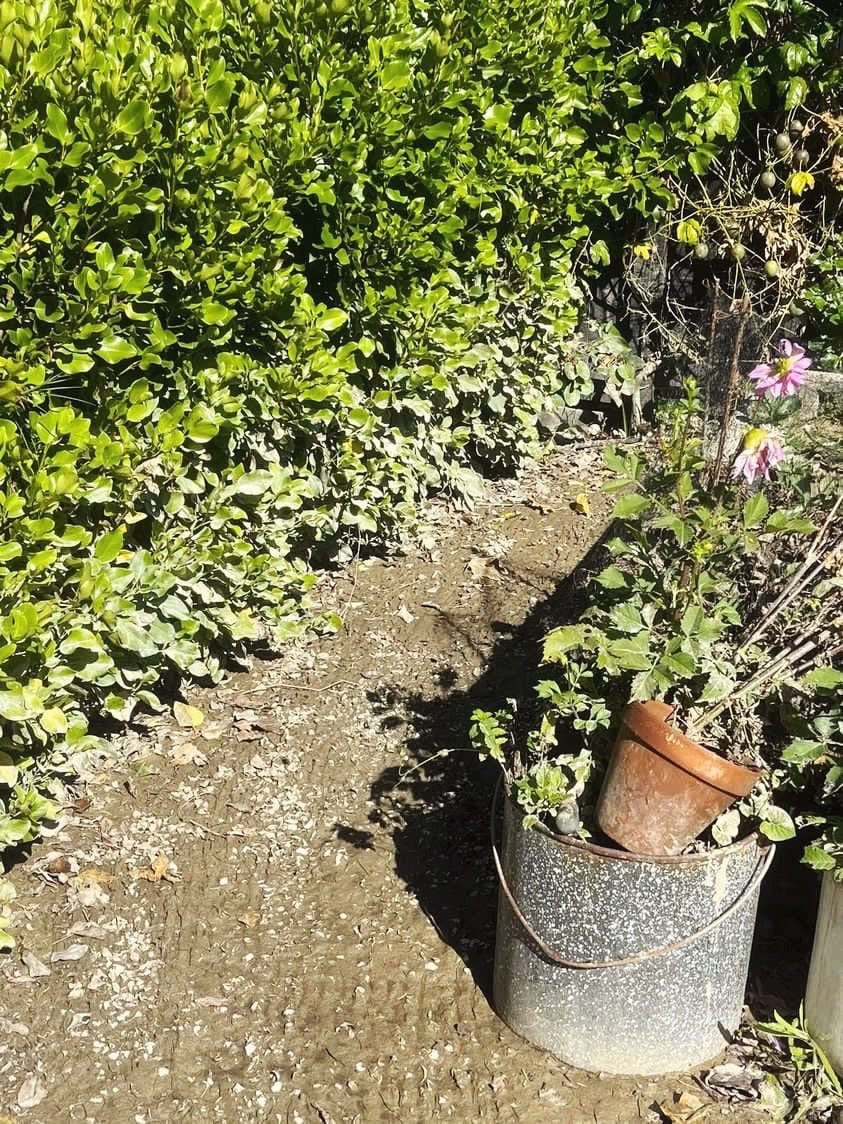
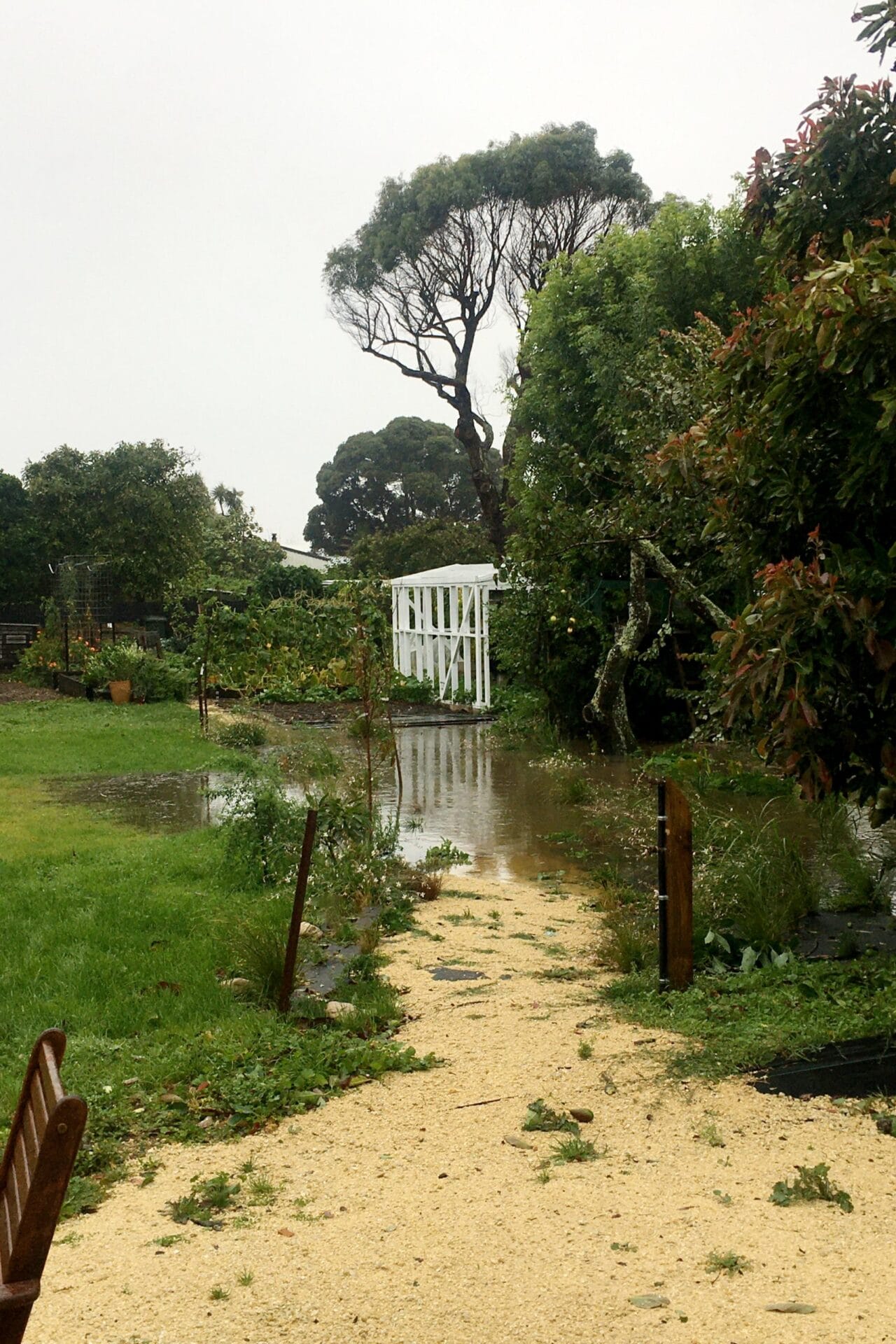
Quick tips for flooded gardens —
Stop the mosquitoes
Prevent mosquitoes breeding by emptying any containers and pockets of still water (ie. stagnant water features, pot saucers, buckets and bins, waterlogged garden that isn’t draining away).
Wash plants
If your plants have mud/silt on them, hose/waterblast it off the leaves as soon as you can. Hose or scrape mud/silt away from roots and trunks.
It may seem counter intuitive to add more water to a flooded area. But plants that are covered in mud cannot photosynthesise the sunlight through their foliage effectively and will have a low chance of survival. Washing them of mud/silt will enable their leaves to soak in the sun and give your plants the energy they need to have a fighting chance after being flooded.
Let it drain
Let waterlogged areas drain away naturally. Dig channels, only if necessary. Wait to do much else in the garden — disturbing wet soil can damage plant roots.
Discard edibles
Do not eat any fruit, vegetables or herbs that have (or may have) been in contact with floodwaters (above or below ground). If in doubt, throw them out.
Hold off pruning
Remove damaged or dangerous limbs, and spent flowers. But don’t rush to heavily prune anything. This may cause additional stress to waterlogged plants.
—
Next steps
Feed the soil
Once dried out, add soil-enriching components like compost, blood & bone, manure and mulch to give affected soil a boost. Flooded soil can become stripped of key nutrients. It will often end up too acidic — adding lime can help balance this.
*We are waiting on some information specific to growing edibles in previously flooded areas from local councils. We will add information here as this information is given to us.
Watch
For fungal diseases, root rot, stress and pests over the next few months and treat accordingly.
